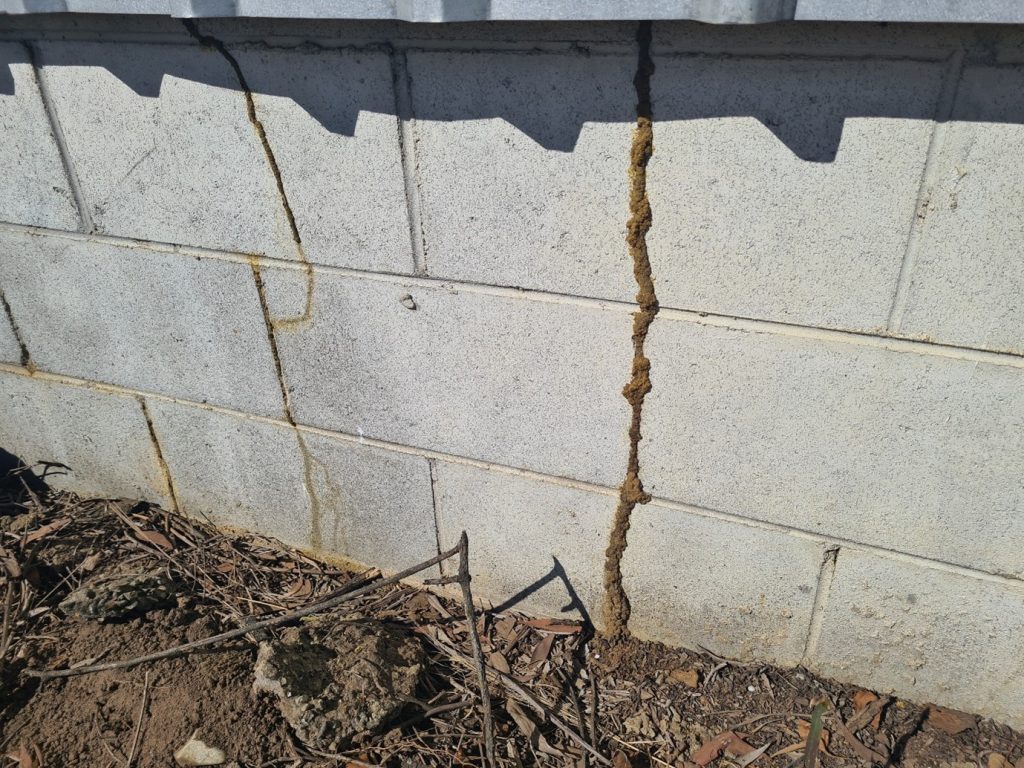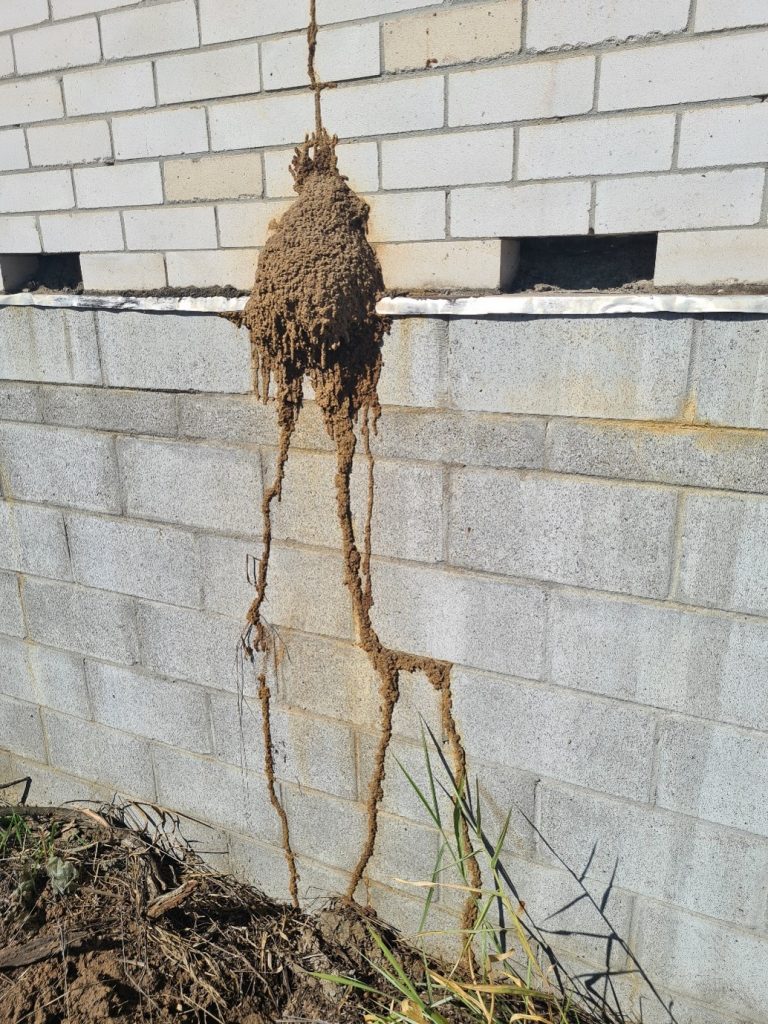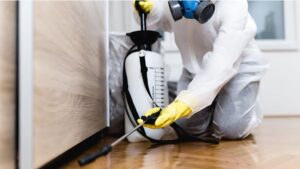Living in SEQ means you’ve likely heard quite a bit about termites. But do you know what a termite looks like? Would you recognise one if you saw it? And would you recognise the signs that your home was being attacked by these masters of infiltration and destruction?
If you’re unsure about the answer to the above questions, let’s see if we can give you a basic foundation of knowledge.
What does a termite look like?
Termites are often referred to as white ants, due to their white colour. However, not all ants that are white in colour are termites.
Although termites look similar to ants, there are some distinct difference, other than colour, that can help you to recognise these secretive creatures.
The quickest way to differentiate between termites and ants is through the structure of their body.
Ants have 3 defined sections to their body; the head, the thorax and the abdomen. The thorax and abdomen are separated by a very narrowed waist. A termite, on the other hand, lacks the pinched waist between the thorax and the abdomen. This gives the termite the appearance of having 2 main sections to their body.
Next time you see an ant, white in colour, and you find yourself thinking – “are you here to ruin my house..?” take a close look at the shape of the body. If you see the 3 defined sections of the body you can breath a sign of relief.
If you see only 2 sections of the body reach for your phone and use it to squash that destructive little beast, and then call us because you need a licensed pest inspector to investigate the situation for you.
Signs of termite activity
Due to the secretive and silent nature of termites, you are more likely to see signs of termite activity then you are to see the termites themselves. Therefore, accurately recognising the evidence of termites is, arguably, of higher importance than recognising the termites themselves.
The success of a termite colony is determined by their ability to stay discreet and protected. For that reason, it can be hard to detect termites until they have started to cause damage.
Termites are subterranean, meaning they live and move in concealed ways, often underground and attack timbers at the point the timber makes contact with the ground. This is why tree stumps and garden timbers are often the first area of attack for termites. It provides them easy access with a low chance of discovery.
If you have tree stumps or garden timbers in your yard they need to be monitored closely for termite activity. Yes, I mean now… go have a look.
Termite activity in your yard needs to be addressed as a matter of urgency. Do not disturb the area by pulling the timber apart, or trying to spray it with the bug spray you keep under the sink, that won’t work. In fact, it will make them move elsewhere, which can make them harder to find. Just leave them alone, back away slowly and reach for your most powerful weapon, your phone. But don’t call your mum, call us.
Most houses in SEQ, unless very old, have some form of physical termite barrier installed during the construction process. In older houses this takes the form of ant caps, in newer houses it is a layer of special material that is installed around the slab and around slab penetrations. You’ve have likely heard of terms such as termimesh or cordon.
The role of the physical termite barrier is often misunderstood by home owners. This is important – physical termite barriers do NOT prevent termites from getting into your house. I know, shocking right..?!
The role of the physical termite barrier is to force the termites to show themselves while they enter your house. This is why regular termite inspections are so important. The termite barriers are constructed in such a way that termites are unable to chew their way through the material. This forces them to go around the barrier, which is when they become discoverable.
Owing to their secretive nature, termites will attempt to hide themselves as they go around the termite barrier by building mud tubes.
So, if you’re a home owner in SEQ you should know how to recognise a termite mud tube. Let’s take a look…

The above is a very clear and large example of a termite mud tube. As you can see, the termites have begun travelled underground and build this mud tube to conceal their entry into the building.

Above is a more dramatic example of the mud tubes leading to a nest and extending further up the wall.
These are active termite infestations as shown below.
You can see the live termites inside these mud tubes as the mud is chipped away.
A termite mud tube is not always as large and obvious as the above examples. Depending on the amount of room between soil or garden mulch and the physical termite barrier around your home, the mud tubes can be quite short and in worse case scenarios, gardens and/or soils can be covering the physical termite barrier, leaving it ineffectual.
Call us on 1300 553 007 during business hours, Monday to Friday from 8:00am to 5:00pm & Saturday 9:00am to 4:00pm to speak to one of our friendly team. Request an obligation free quote 24/7 via our Free Quote Form


